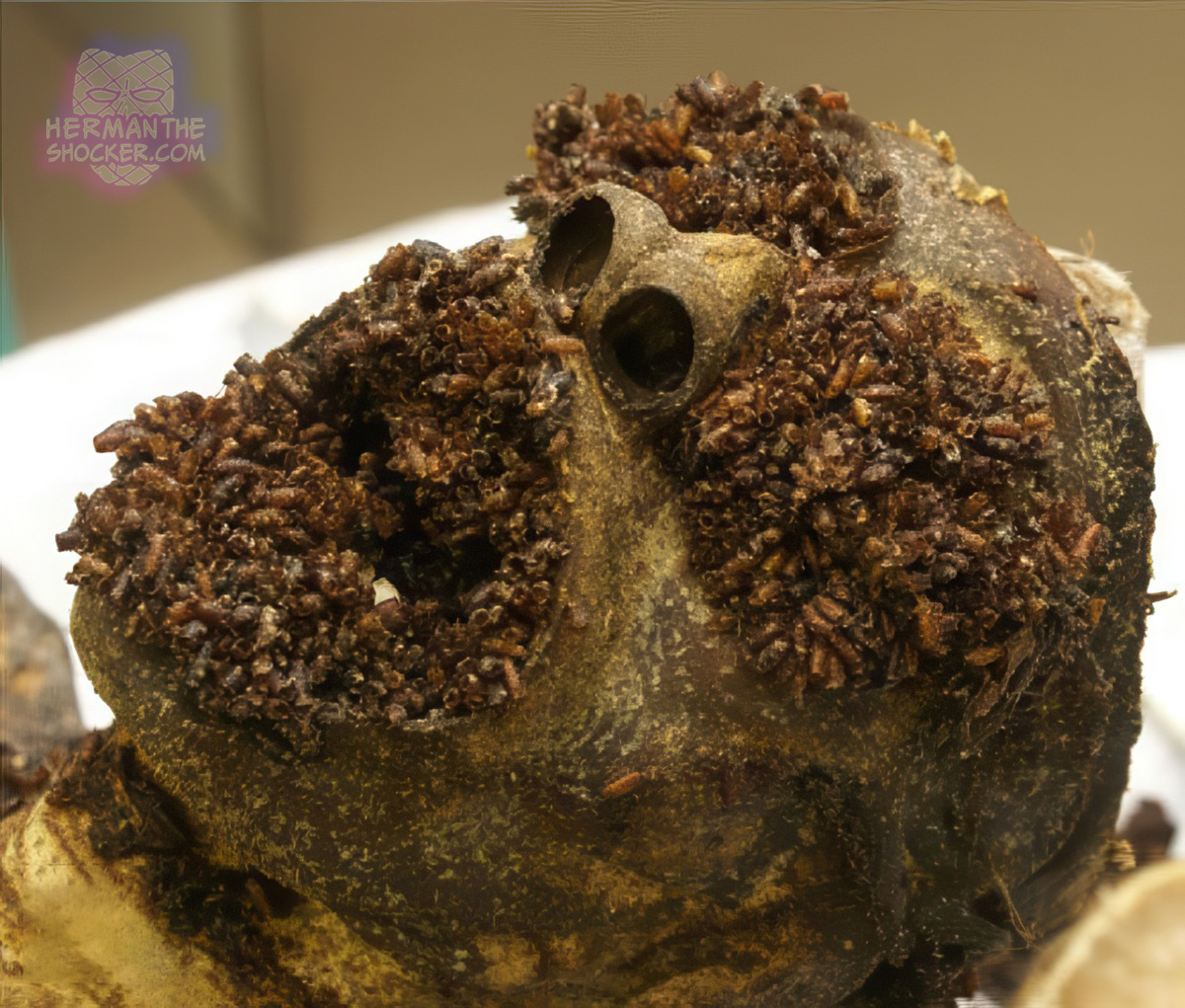Necrophagous insects play an important role in the decomposition of the human body. Fly species that are commonly recovered on human corpses concealed in houses or other dwellings are often dependent on human created environments and might have special features in their biology that allow them to colonize indoor cadavers. The photo is from a case from southern Finland where masses of P. terraenovae puparia was found on partially mummified corpse suggesting that the flies have been breeding on it for several generations.
Protophormia terraenovae seems to be highly attracted to human cadavers and plays an important role in forensic entomology in Northern Europe. P. terraenovae is also a practical species to work with as its 2nd and 3rd larval stages, puparia and adults are very easy to identify by using morphological characters only. The larvae have an unusual tendency to pupate on the cadaver if it is dry and not exposed to bright light.
Latest posts








